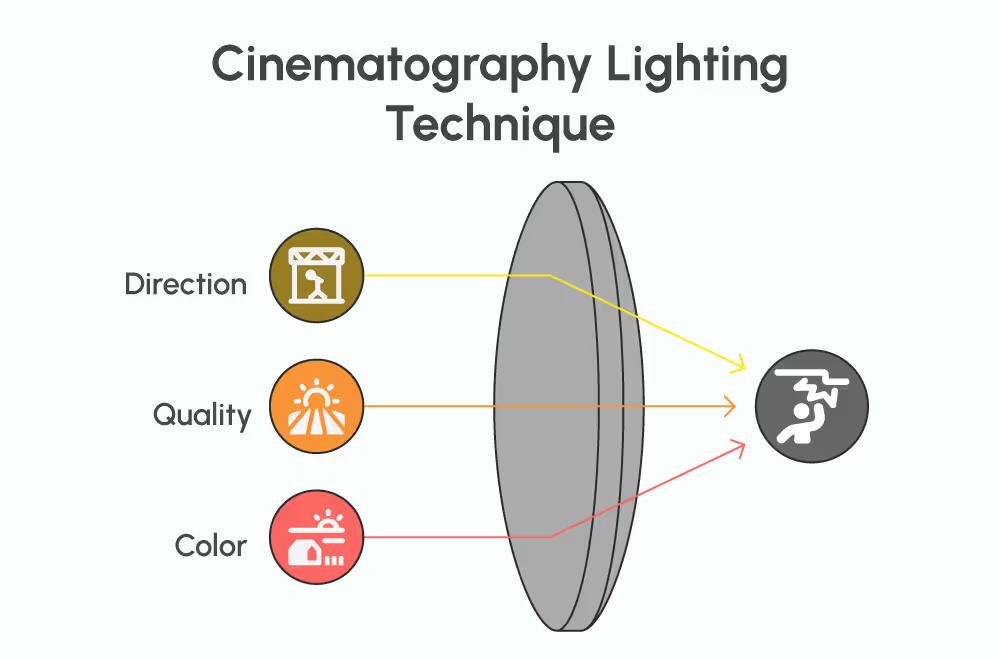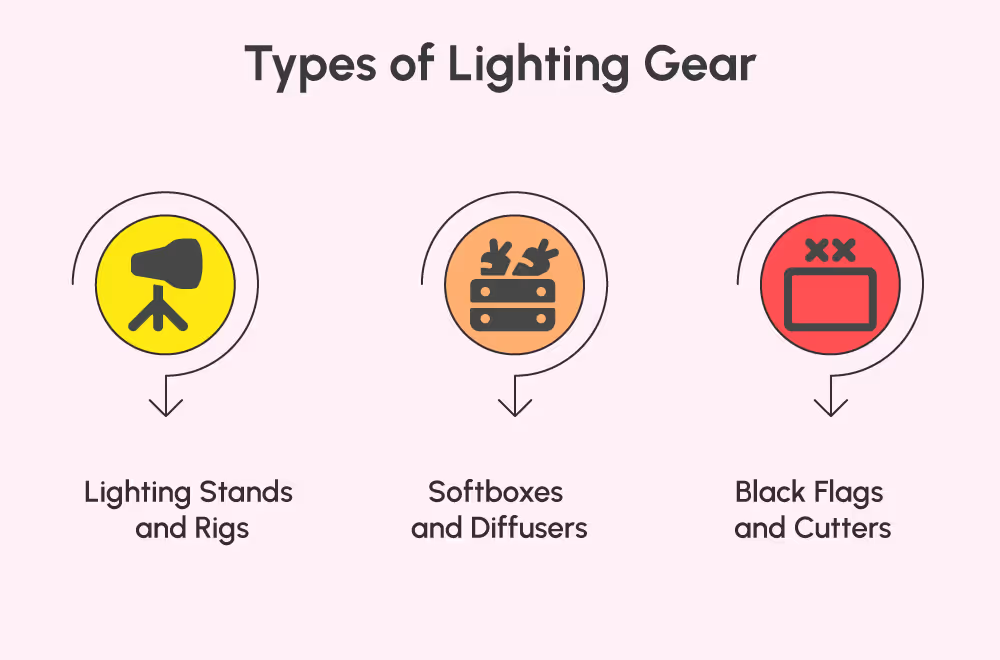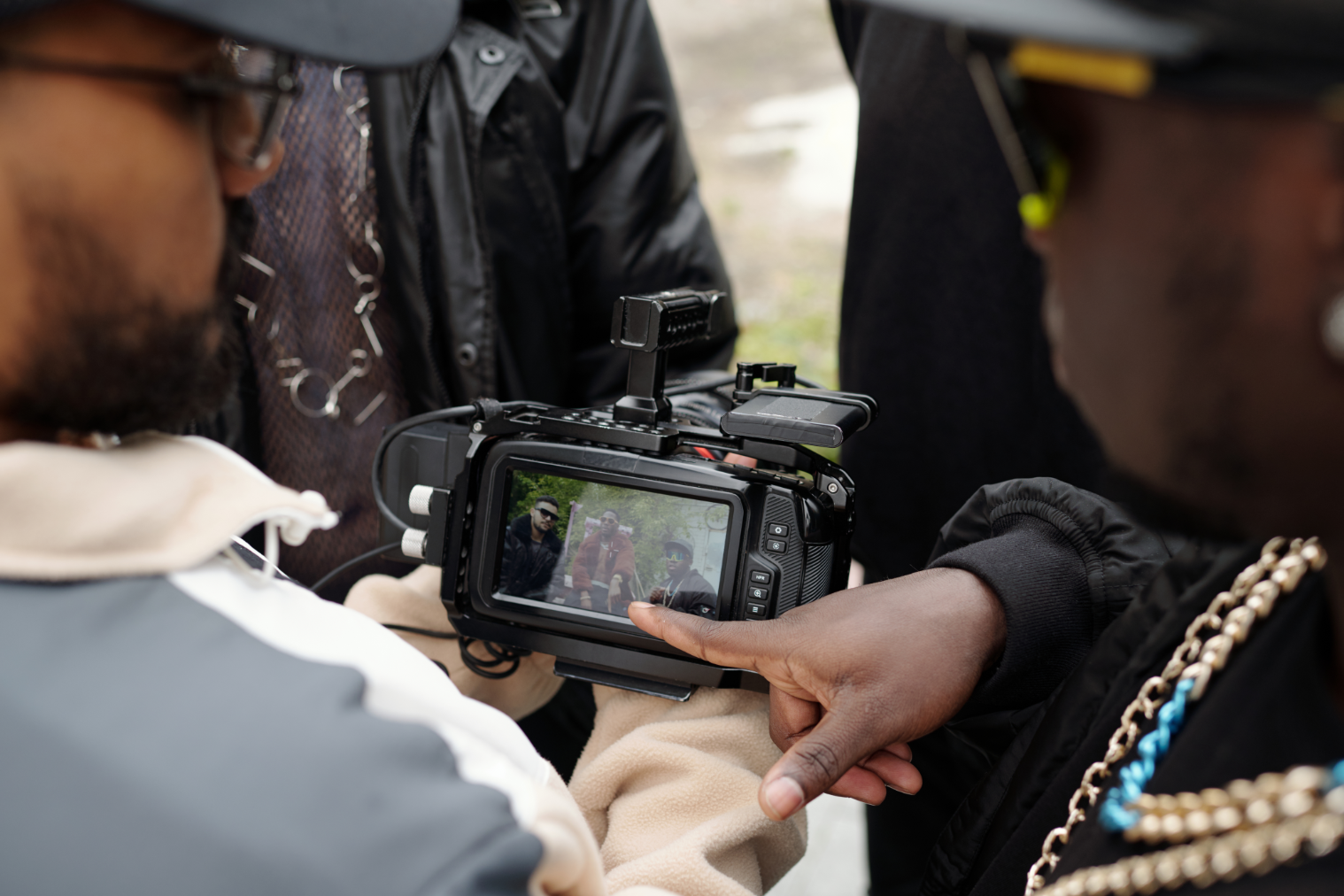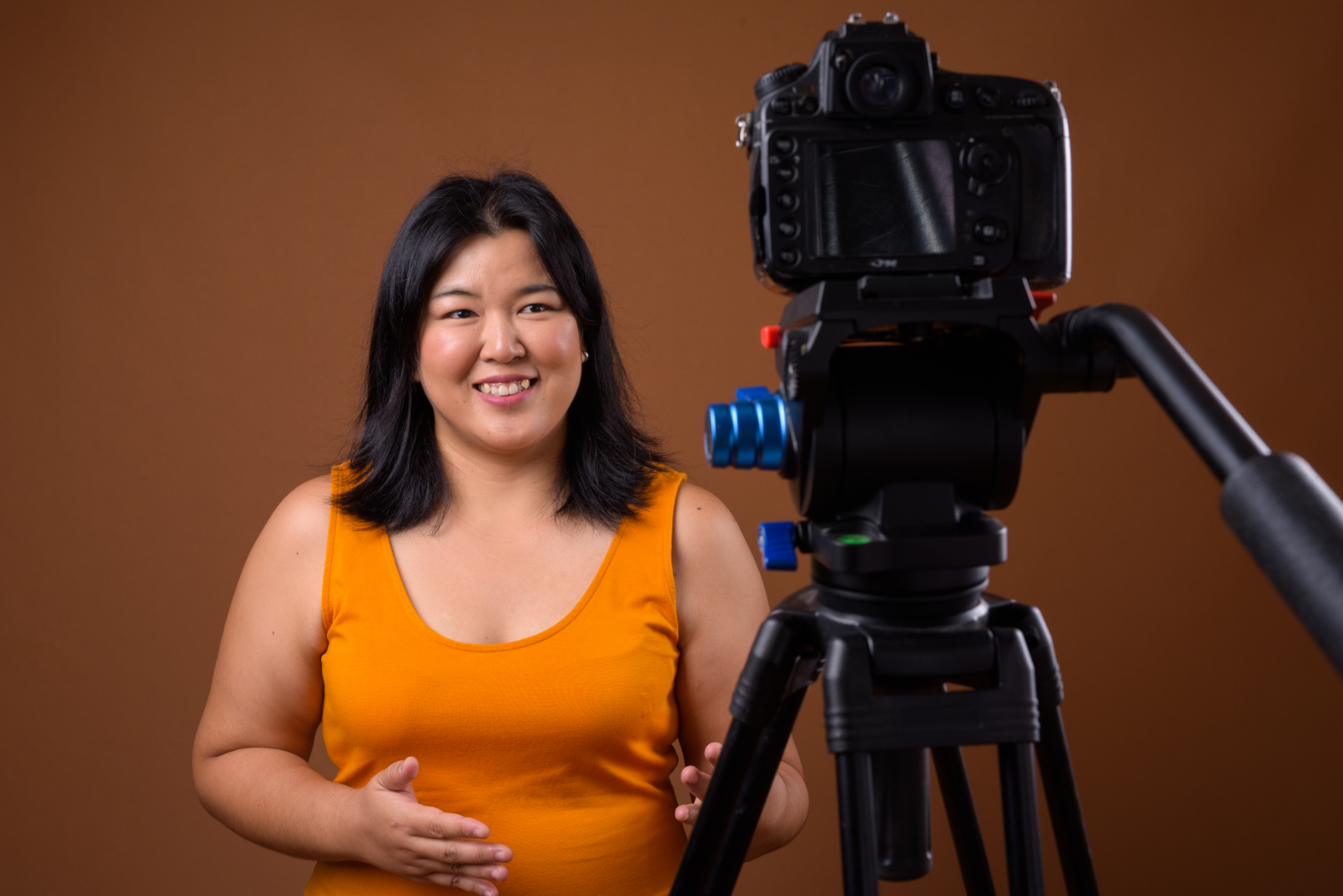Cinematography - The Art and Craft of Lighting and Lens for the Moving Image

Are you passionate about filmmaking or videography? Do you aspire to create visually stunning and captivating moving images that leave a lasting impact on your audience? If so, you've likely heard the term "cinematography" thrown around quite a bit.
Cinematography is the art and technique of capturing moving images on the camera, including lighting, camera angles, framing, composition, and other visual elements. It is an essential part of filmmaking and video production, as it helps to convey the story, emotion, and message of the film.
Various technical and artistic skills, such as lighting, lenses, camera angles, framing, composition, and color grading are involved in the process. It requires a deep understanding of the camera, lighting equipment, and editing software, as well as creativity, intuition, and storytelling abilities.
This blog post will provide essential cinematography tips and techniques, with a focus on lighting and lenses, and aims to help readers improve their cinematography skills and create more engaging and visually compelling films and videos.
The Art of Lighting for Cinematography

Lighting is one of the most critical elements in cinematography, as it can significantly impact the mood, tone, and atmosphere of a scene. Experienced corporate video makers Delhi often emphasize proper lighting techniques to highlight the subject while creating shadows and depth also adding visual interest and texture to the image.
A survey by the American Society of Cinematographers (ASC) found that lighting was the most important aspect of cinematography, with 77% of respondents ranking it as "extremely important.
Cinematography Lighting Technique

Direction -
The direction of light can greatly affect the mood and tone of the scene.
- Frontal lighting, where the light source is positioned in front of the subject, can create a flat and uninteresting image.
- Side lighting, where the light source is positioned to the side of the subject, can create shadows and depth, adding visual interest and texture to the image.
- Backlighting, where the light source is positioned behind the subject, can create a dramatic and stylized effect, adding a halo or rim of light around the subject.
Quality -
The quality of light can be hard or soft, depending on the size and distance of the light source. Hard light (small and direct light) can create strong shadows and high contrast, adding drama and intensity to the image. Soft light (large and diffused light source) can create a more natural and flattering look, reducing harsh shadows and adding a sense of depth and texture to the image.
Color -
The color of light can affect the mood, tone, and atmosphere of the scene. Warm colors, such as red, orange, and yellow, can create a cozy and inviting atmosphere, while cool colors, such as blue and green, can create a cold and distant atmosphere.
Different Types of Lighting Setups

Image Source
Three-point lighting -
This is the most common lighting setup in cinematography, consisting of three lights: key light, fill light, and backlight.
- The key light is the primary light source, positioned to the side and above the subject, creating shadows and depth.
- The fill light is a softer and less intense light source, positioned opposite the key light, reducing harsh shadows and adding texture.
- The backlight is positioned behind the subject, creating a halo or rim of light, separating the subject from the background.
High-key lighting -
This is a bright and evenly lit lighting setup, used for comedies, musicals, and other light-hearted genres. It involves using a lot of soft and diffused light sources, creating a flat and unshadowed look.
Low-key lighting -
This is a dark and contrasty lighting setup, used for thrillers, horror, and other intense genres. It involves using one or two hard and directional light sources, creating dramatic shadows and high contrast.
Types of Lighting Gear

- Lighting Stands and Rigs
They can be used to hold different types of lighting equipment, including softboxes, diffusers, and filters. They are available in various sizes and styles to support and position lighting fixtures for creating desired lighting setups.
- Softboxes and Diffusers

These are used to modify the intensity and quality of light. Softboxes are used to soften harsh light and create a more even spread of light across the scene. Diffusers are used to reduce glare and soften light sources, creating a more natural-looking image.
- Black Flags and Cutters
Black flags are used to block light from unwanted areas of the set, prevent light spillage, and create shadows or negative space in a scene. Cutters are often placed in front of a light source to project shadows or patterns onto a background or subject.
Both tools allow cinematographers to have precise control over the lighting in a scene, shaping and controlling the quality and direction of light.
The Craft of Lens Selection for Cinematography

Good lighting and lens selection can significantly enhance a film or video's visual impact and emotional resonance. That’s why many top cinematographers and ad film production houses in Mumbai invest heavily in a specialized range of lenses to capture different types of shots.
Types of lenses used in cinematography:

- Prime Lenses: Prime lenses have a fixed focal length, meaning they don't zoom in or out. They typically offer sharper image quality and wider apertures compared to zoom lenses, making them ideal for low-light situations.
- Zoom Lenses: Zoom lenses have a variable focal length, meaning they can zoom in or out. They are versatile and offer convenience when shooting in a fast-paced environment.
- Tilt-Shift Lenses: Tilt-shift lenses are specialized lenses that allow the photographer to shift the lens's plane of focus, creating a unique depth-of-field effect.
Factors to consider when selecting lenses:
- Focal length: Focal length determines the angle of view of the lens, which in turn affects how much of the scene is captured. Shorter focal lengths are ideal for wider shots, while longer focal lengths are used for close-up shots.
- Aperture: The aperture controls how much light enters the lens, affecting the depth of field and exposure of the shot.
- Image stabilization: Image stabilization reduces camera shake, allowing for smoother footage, especially in handheld shots.
Shot Composition
The arrangement and framing of visual elements within a film frame create a visually pleasing and effective shot refers to as shot composition in cinematography. It involves the deliberate use of various visual techniques, such as framing, camera angles, camera movement, and visual elements such as actors, props, and scenery, to convey the intended meaning or emotion of a scene.
Shot composition plays a crucial role in storytelling, as it can greatly impact the mood, tone, and overall visual aesthetics of a film. Some common principles of shot composition in cinematography include:
- Rule of Thirds: This involves dividing the frame into a grid of nine equal parts (picture an imaginary tic-tac-toe on the frame) using two horizontal and two vertical lines, and placing key visual elements along these lines or at their intersections. This can create a balanced and visually appealing composition.
- Camera angles: The choice of camera angles, such as high angle, low angle, or eye level, can greatly impact the viewer's perception of the subject or character, and the overall mood of the scene.
- Depth of field: The use of shallow or deep focus can create visual depth and draw attention to specific elements within the frame.
- Leading lines: The use of lines within the frame, such as roads, rails, or other objects, to guide the viewer's eye toward the intended subject.
- Balance and symmetry: The careful arrangement of visual elements to create a sense of balance, symmetry, or asymmetry, depending on the desired visual effect.
Lens Selection for Shot Composition
Shot composition is an essential aspect of cinematography. It refers to how the camera is positioned and what is included in the frame. The composition can affect the mood, tone, and message of the scene. Here are some recommendations for lens selection based on the type of shot:
- Wide-angle lenses for establishing shots: Wide-angle lenses are ideal for capturing a wide view of a location, such as a cityscape or landscape.
- Telephoto lenses for close-ups: Telephoto lenses are ideal for capturing close-up shots, such as facial expressions or details on an object.
- Fast lenses for low-light situations: Fast lenses with a wide aperture are ideal for shooting in low-light situations without compromising image quality.
Camera Movement
Each camera movement technique has its unique visual effect and can be used to convey specific emotions or moods in a scene. Skillful use of camera movement can greatly enhance the storytelling and emotional impact of a film.

Here are some common camera movement techniques:
- Pan: The camera pivots horizontally from a fixed position to capture a wider view of the scene.
- Tilt: The camera tilts up or down from a fixed position revealing the top or bottom of the scene and adding a sense of height or depth.
- Dolly: The camera physically moves closer to or farther away from the subject, creating a sense of depth and perspective.
- Crane: The camera is mounted on a crane or jib to capture high-angle or overhead shots.
Conclusion
Cinematography is a fascinating art and craft that requires mastery of lighting and lens selection to create visually stunning moving images. From the key principles of lighting to the various lens options and equipment, there is much to consider when embarking on a cinematography project. This craft is popularly used by Filmbaker, a leading video production company in India for creating high-quality visual content.
With the right equipment and knowledge, and cinematography tips anyone can begin their journey whether they are a beginner or an advanced user. Stay tuned as we cover anything and everything about videos in our next blog posts.

